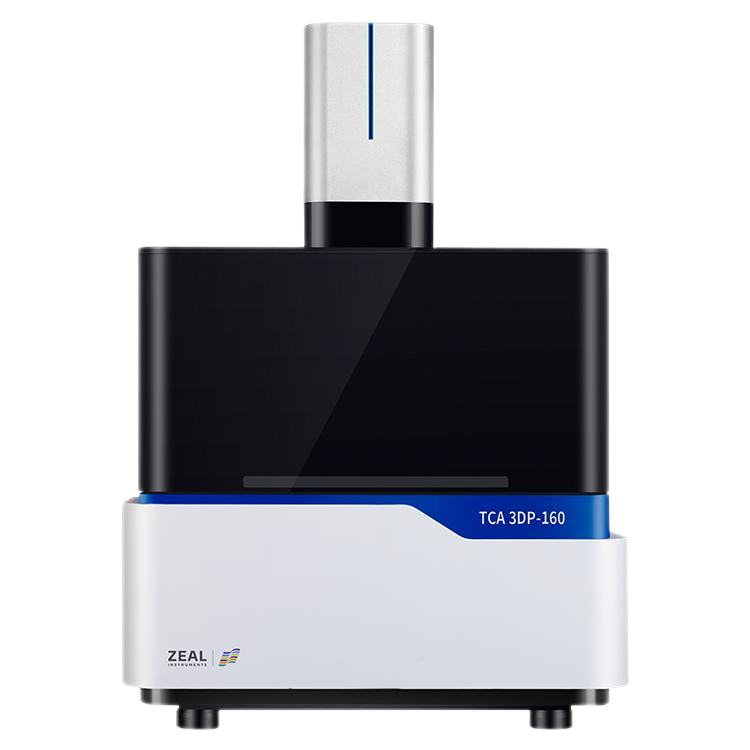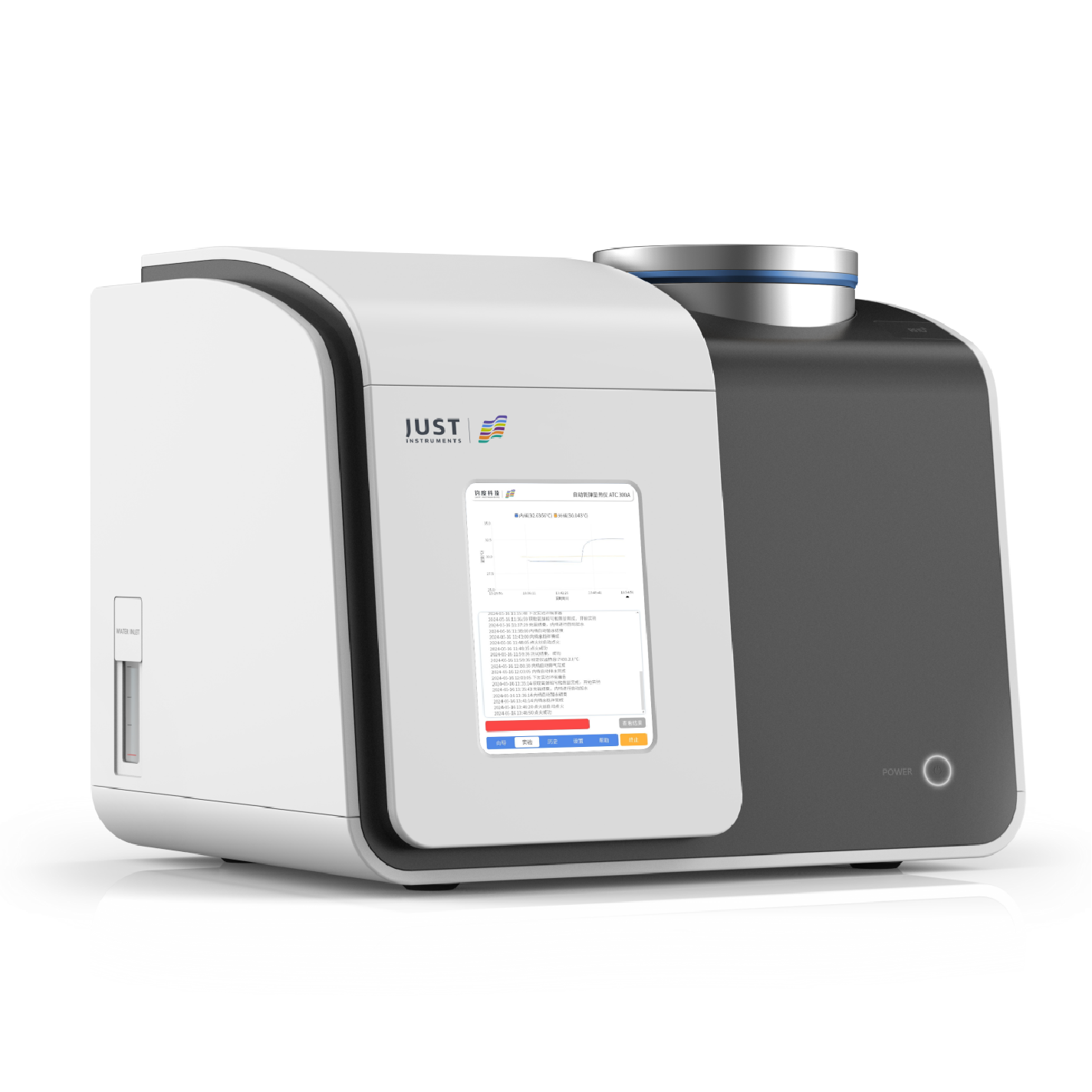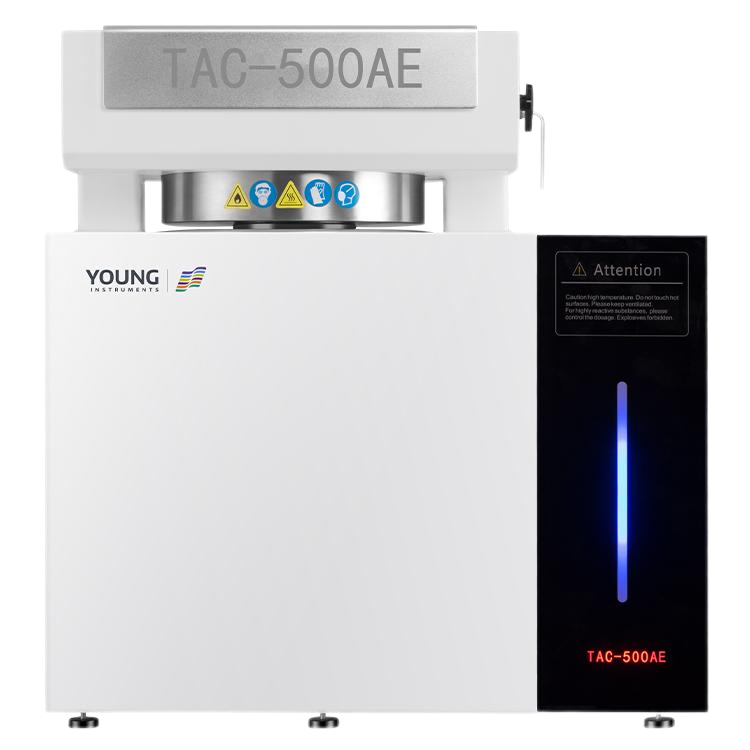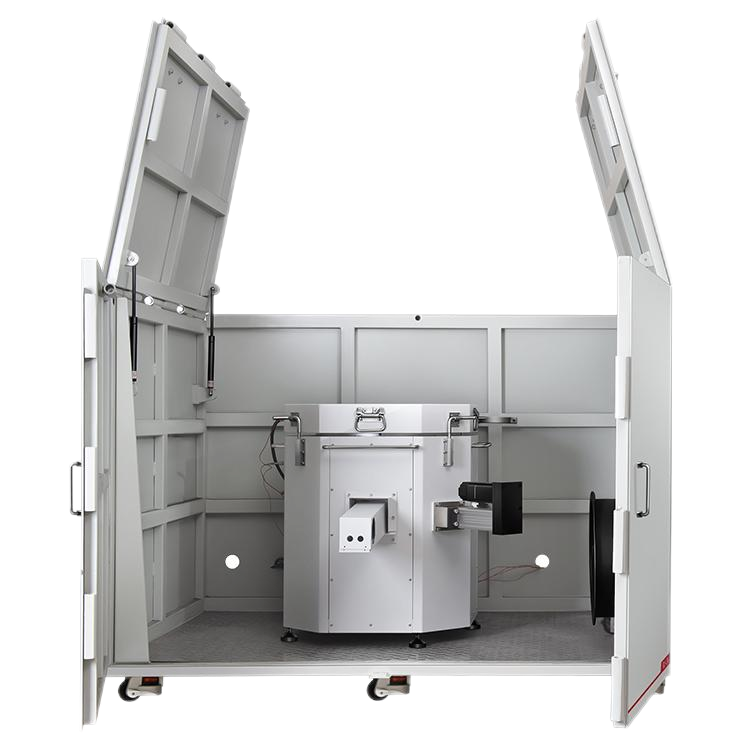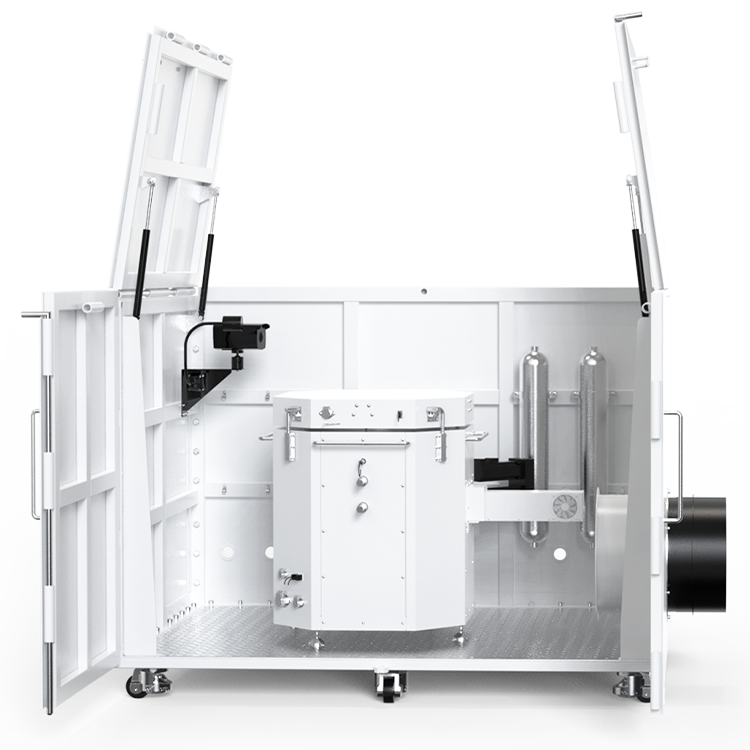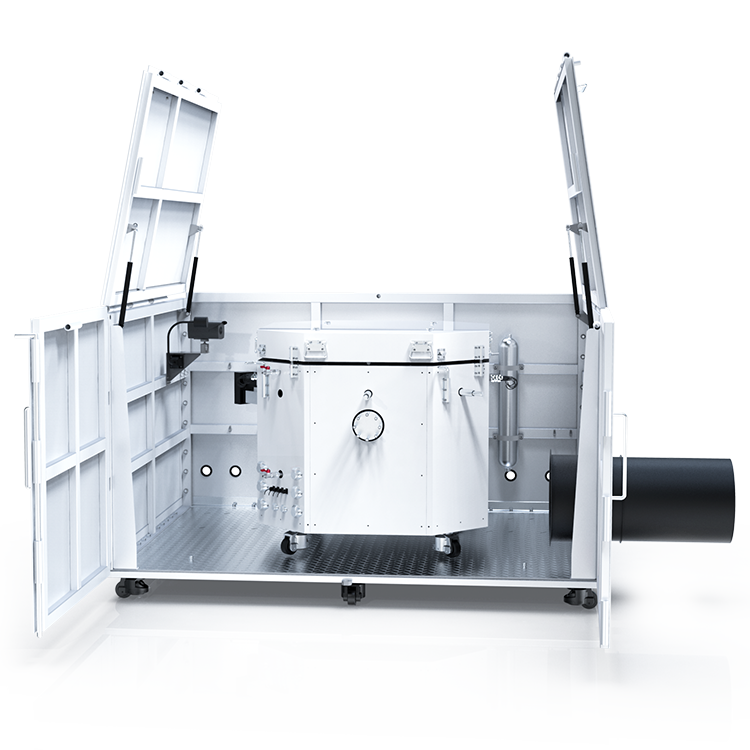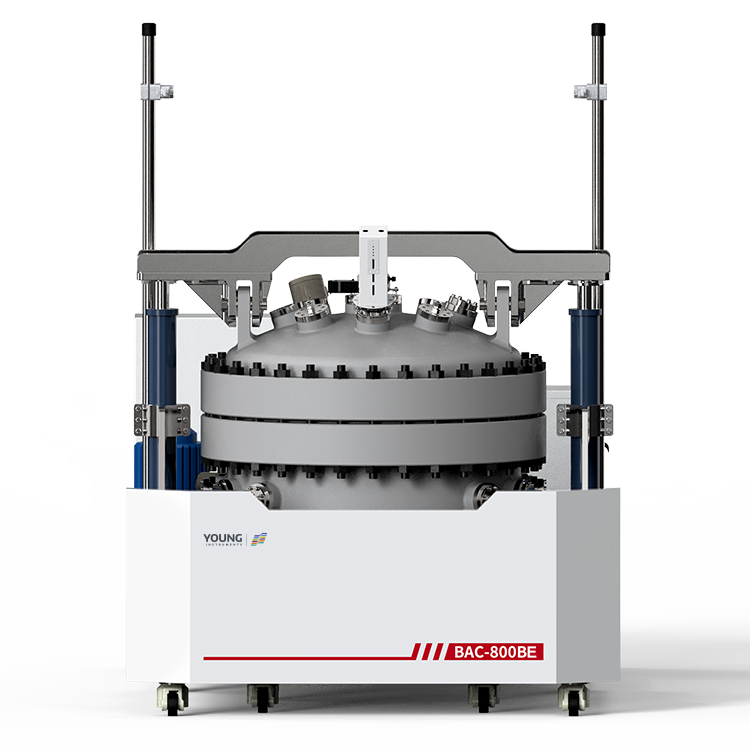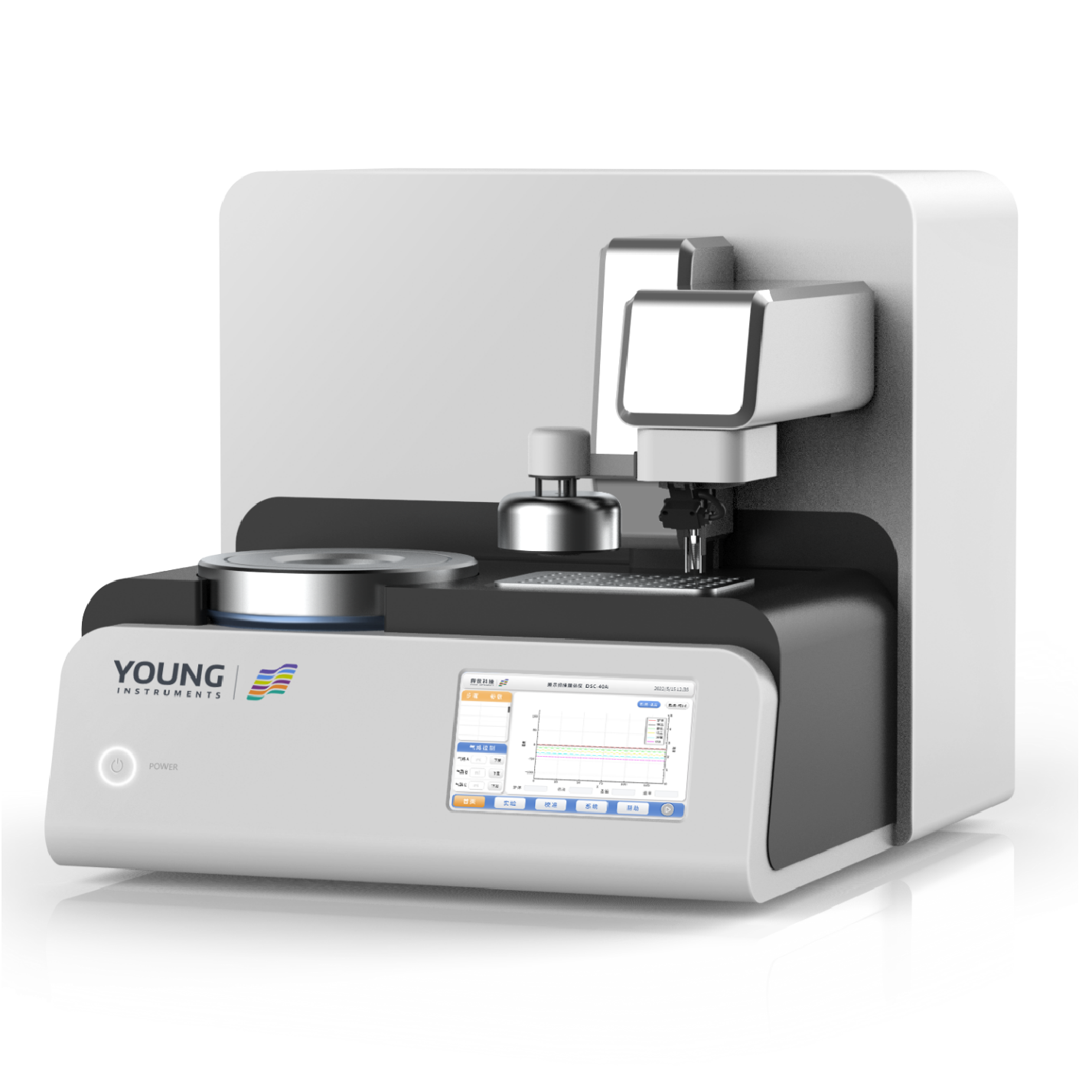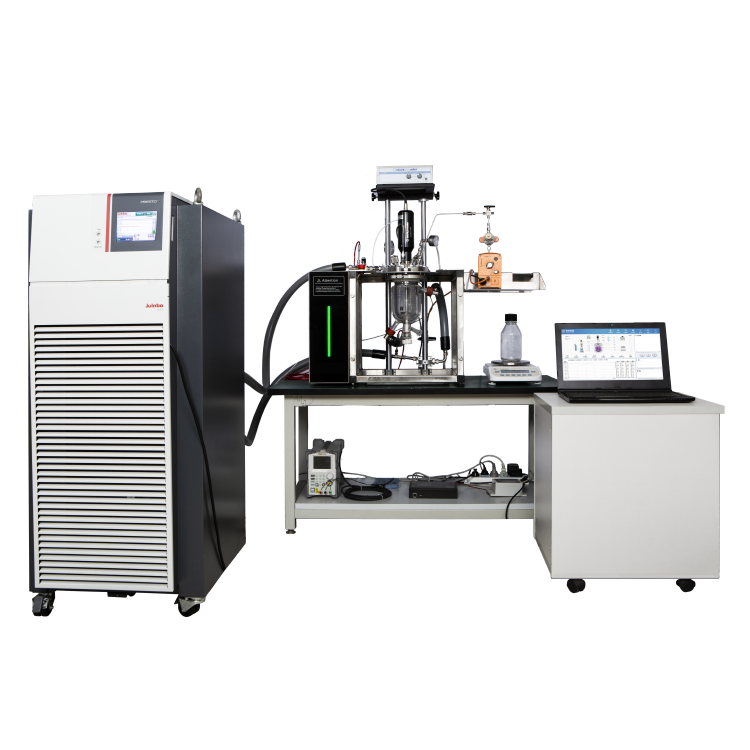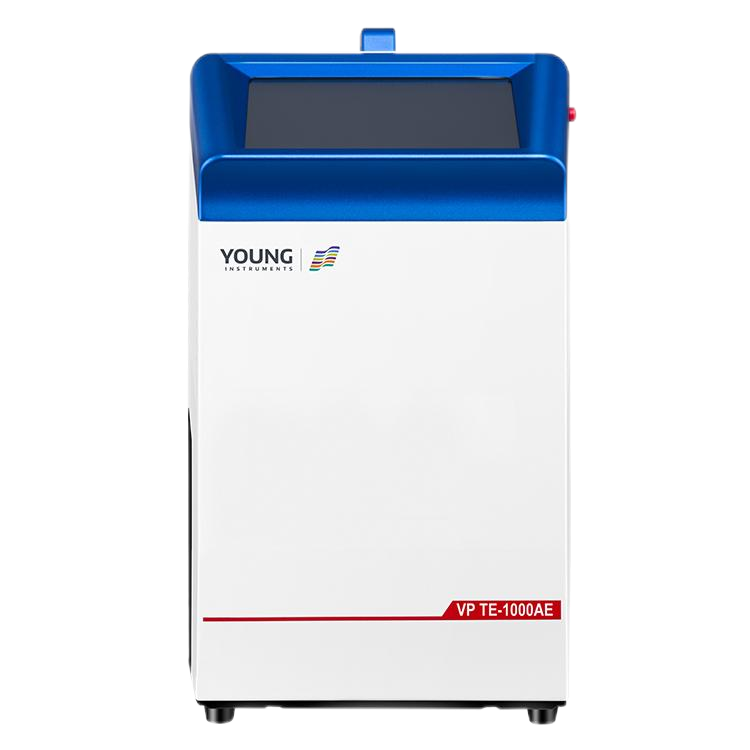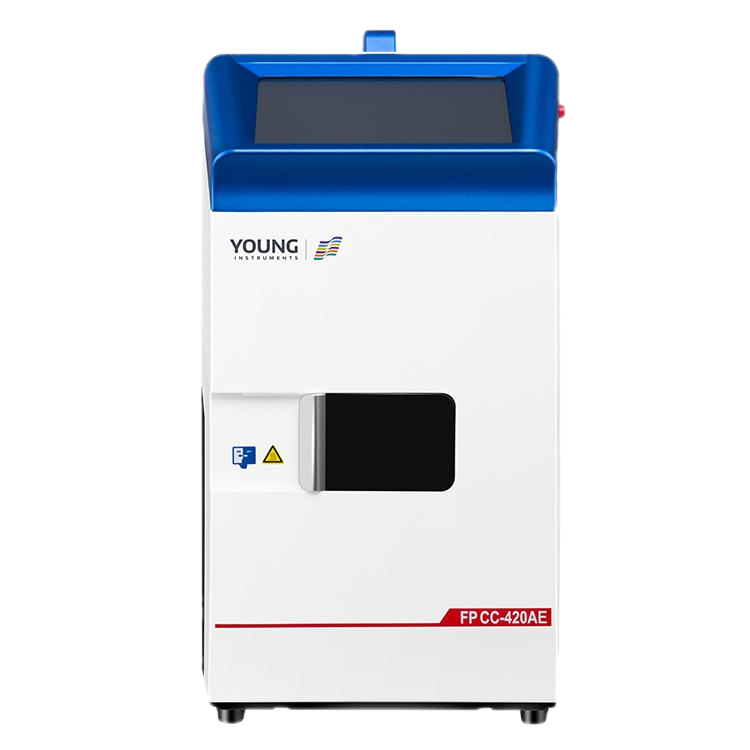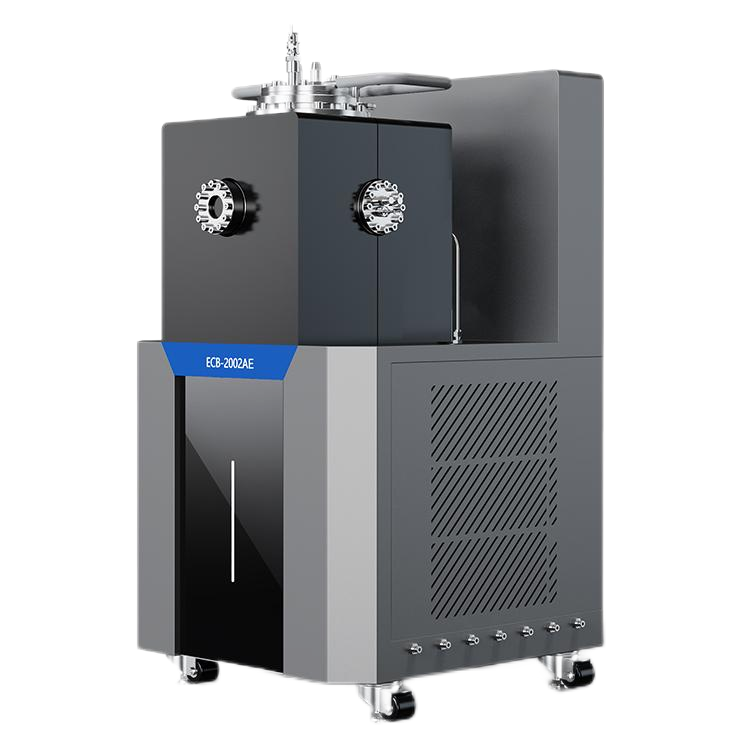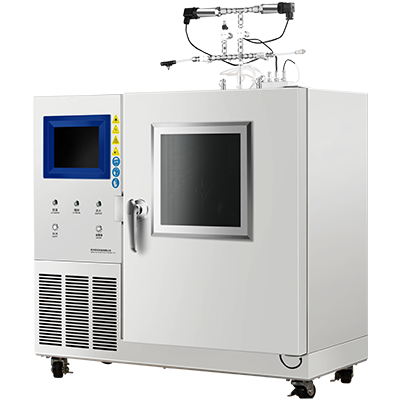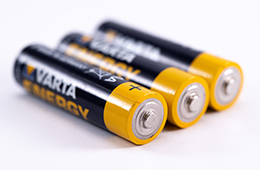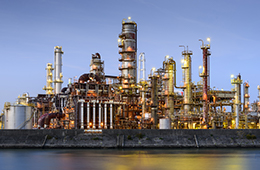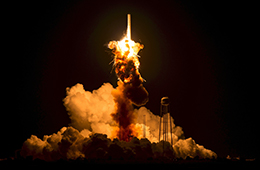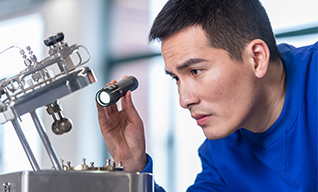The Power of MIE Testing Apparatus in Preventing Dust Explosions
Dust explosions pose a serious risk across many industries, endangering both property and worker safety. Fine dust particles can ignite easily, with sources like electrical sparks or static electricity triggering dangerous explosions when dust concentrations reach critical levels. So, how can we mitigate these risks and create a safer work environment? Let’s explore how Minimum Ignition Energy (MIE) testing plays a crucial role in prevention.
What is MIE Testing?
Understanding MIE
Electrical and electrostatic sparks can easily cause dust explosions in industries. These sparks are often the ignition sources for combustible dust. The risk of dust igniting from these sparks is explained by the Minimum Ignition Energy (MIE). MIE is the smallest amount of energy needed from a spark to ignite a dust cloud at the right concentration. The energy for this spark often comes from a capacitor.
Role of MIE in Safety
MIE is used to decide how to protect against explosions. When the minimum ignition energy is low, extra safety measures are needed. During MIE testing, the discharge time is longer. This is done by adding an inductive load to the circuit, a process known as “inductive load.” This test helps evaluate the risks of ignition from sources other than static electricity. MIE testing without an inductive load checks for risks from static discharge.
Measuring with MIE Testing Devices
To measure key parameters, we can use devices like the Dust Cloud Minimum Ignition Energy Tester and other MIE testing tools. These instruments help prevent the dangers of dust explosions by providing accurate data on ignition risks.
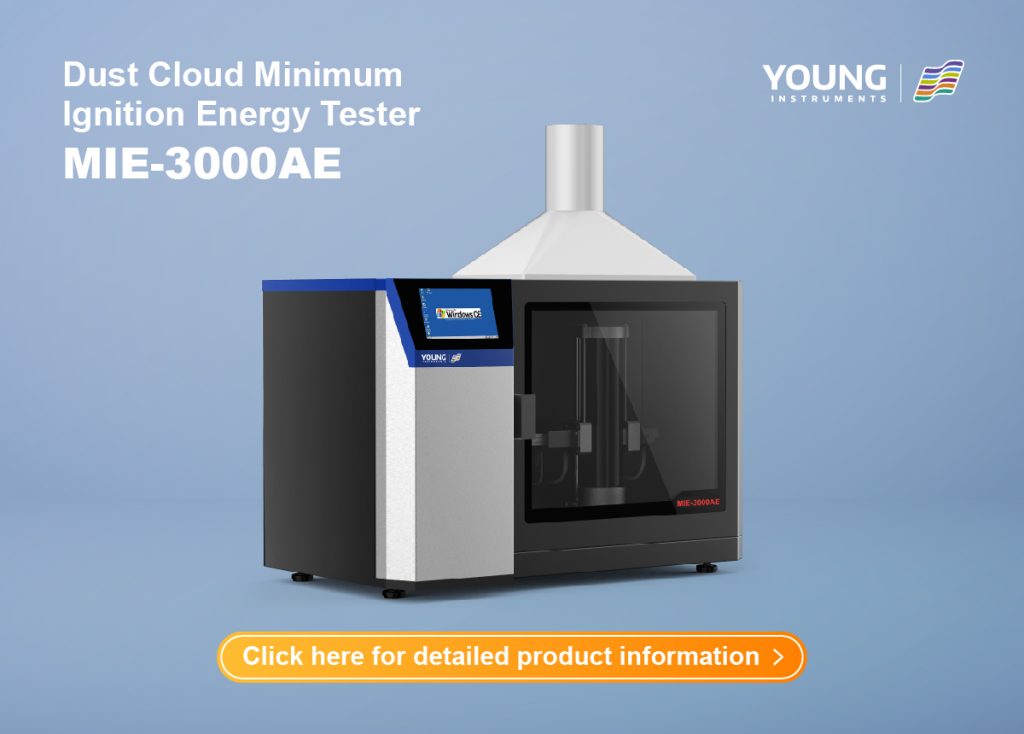
MIE-3000AE: Advanced Dust Cloud Ignition Energy Tester
Precise Measurement of Minimum Ignition Energy
The MIE-3000AE is engineered to assess the Minimum Ignition Energy (MIE) of dust clouds, ensuring accurate explosion risk evaluation. Using compressed air, it disperses dust into a Hartmann tube, forming a cloud at a precise pressure level. A controlled spark energy of up to 3000mJ ignites the dust cloud, allowing for precise MIE determination. Its adjustable electrode distance (2mm–10mm) and ignition delay time (20ms–180ms) enhance test flexibility.
Compliance, Safety, and Ease of Use
Designed to meet international testing standards, the MIE-3000AE offers standard and custom spark energy modes, adjustable from 1mJ to 3000mJ in 1mJ increments. The automatic high-voltage charging module (0–15kV) enhances safety, while the rotating and lifting Hartmann tube allows easy maintenance. A 7-inch LCD touchscreen provides intuitive control, and user hierarchy management ensures secure access.
Smart Operation and Data Management
The system automatically selects the optimal capacitor and voltage settings based on ignition energy requirements. It tracks electrode ignition counts for timely replacements and features remote ignition control for operator safety. A USB interface simplifies data export, making the MIE-3000AE a user-friendly, efficient, and essential tool for dust explosion prevention.
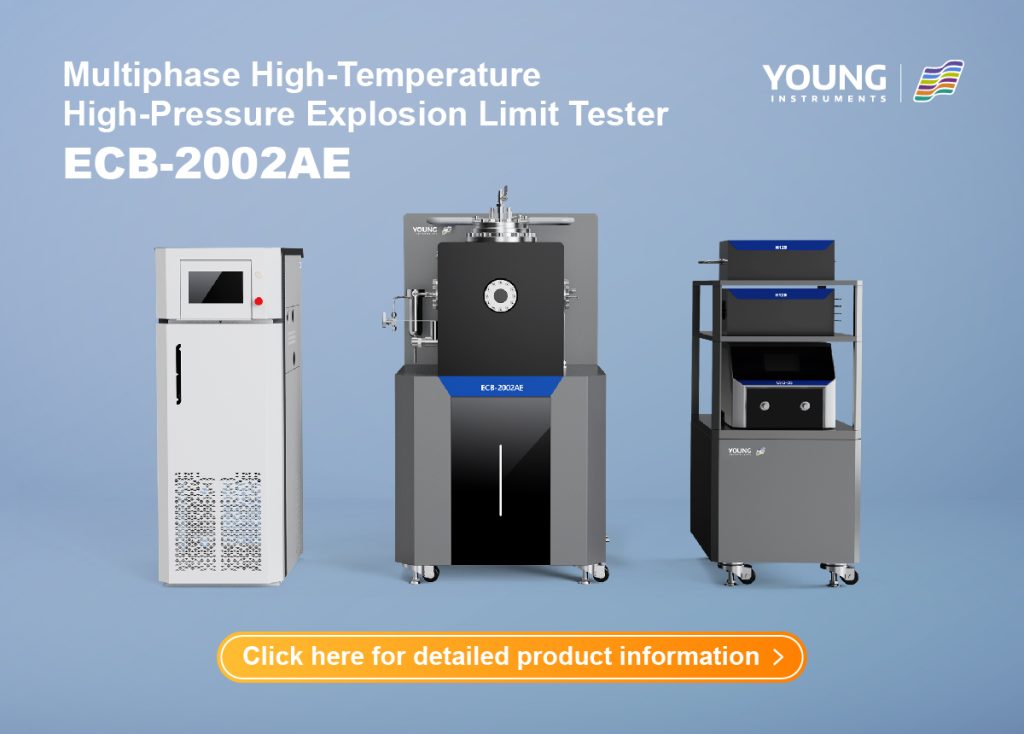
ECB-2002AE: Advanced Explosion Limit Testing for Gases
Comprehensive Gas Explosion Testing
The ECB-2002AE is designed to evaluate the explosive characteristics of gases, meeting international standards such as ASTM E918, ASTM E2079, EN 1839, EN 15967, and UL9540A. It precisely measures explosion limits, minimum oxygen concentration, explosion pressure, and pressure rise rates. With a test container pressure capacity of 22.0 MPa and temperature control up to 200°C, it ensures accurate and reliable testing under high-pressure and high-temperature conditions.
Robust Design and Precision Control
Built with a 316L stainless steel test chamber, the ECB-2002AE offers excellent corrosion resistance. Its modular design adapts to various testing requirements, while the compensation gas mixing algorithm ensures precise gas concentration control with ±0.2% FS accuracy. The system features explosion-proof pressure sensors (25.0 MPa, 25kHz sampling rate) for high-temperature and high-speed data collection.
Efficient Operation and Safety Features
With automatic vacuuming, mixing, and stirring, this instrument guarantees a uniform gas distribution. A high-efficiency vacuum pump, adjustable 400rpm stirrer, and safety interlocks, rupture discs, and valves enhance operational security. The 21-second sensor sampling depth ensures detailed explosion pressure analysis, making the ECB-2002AE a reliable solution for explosion testing laboratories.
Real-World Applications
Industries Using MIE Testing
Many industries use MIE testing. These include manufacturing and chemical production. These industries deal with combustible dust, which can be dangerous. MIE testing helps them measure the risk of dust ignition. It is important in preventing explosions. The test helps find the minimum spark energy needed to ignite the dust.
Case Studies of MIE Testing Success
MIE testing has helped prevent many disasters. For example, in a chemical plant, the test found the exact ignition energy needed for dust to ignite. By adjusting equipment based on this result, the plant avoided an explosion. In a manufacturing facility, MIE testing helped discover hidden ignition risks. The company took action before an accident could happen. These examples show how MIE testing can save lives and prevent damage.
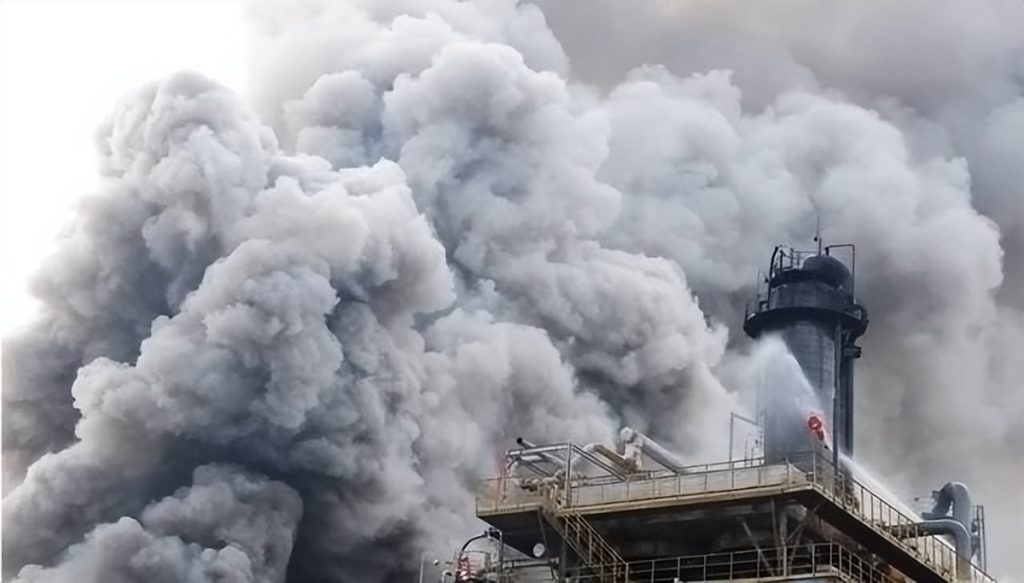
Knowledge Expansion: Factors Affecting Minimum Ignition Energy
Particle Size
Smaller dust particles have a larger surface area. When a dust explosion happens, the combustion speed is faster. The fire burns more completely and is more sensitive. This makes it easier for the dust to ignite.
Moisture Content
Materials with higher moisture content are less likely to catch fire. However, materials that react with water may behave differently. If an explosion occurs, the severity is lower when moisture content is high.
Flammable Volatiles
Materials with more flammable volatiles are more likely to explode. Even dusts that are not typically explosive can ignite if they absorb a lot of flammable volatiles.
System Temperature
Higher temperatures make explosions more likely. The heat can cause the dust to ignite more easily.
Oxygen Content
The more oxygen in the system, the higher the chance of an explosion. More oxygen means more oxidizers, which increases the explosion’s likelihood and severity.
Final Words
Create a safer work environment with the MIE-3000AE and ECB-2002AE. These advanced instruments precisely measure ignition energy and explosion limits, helping to prevent dust explosions. Safeguard your team and assets by investing in reliable testing solutions today!




